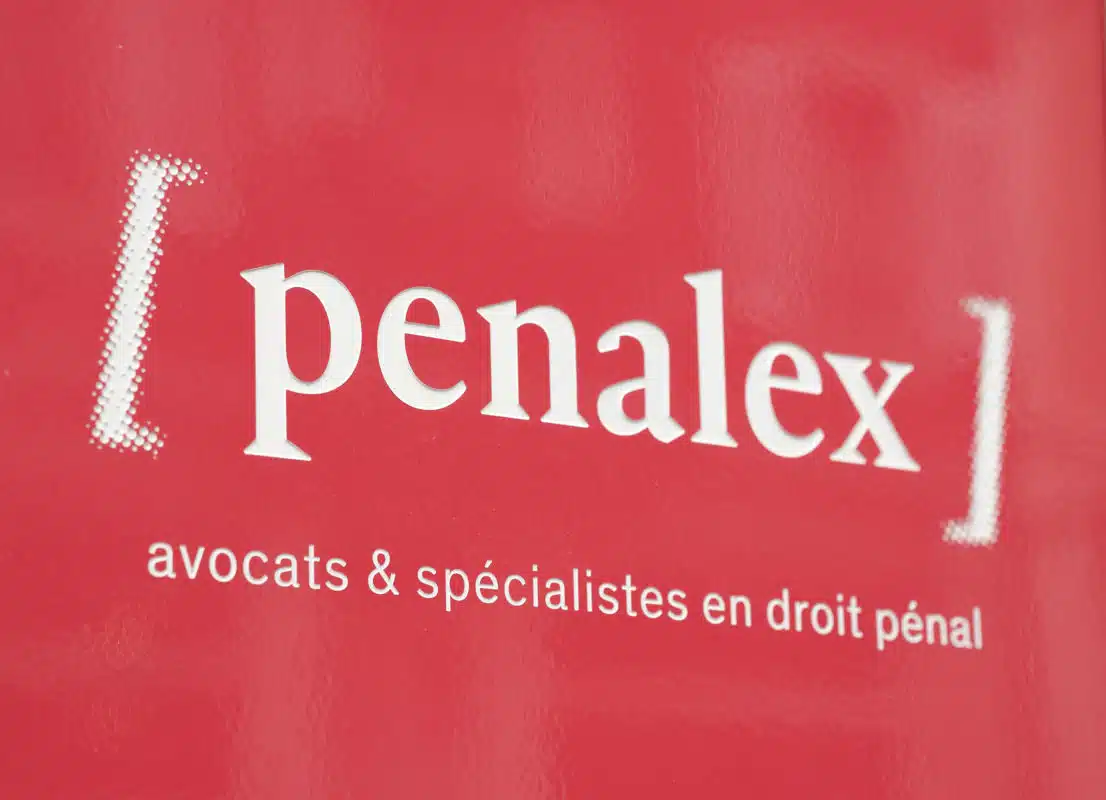The criminal authorities

The person who participates in or is the subject of a criminal proceeding will be successively confronted with various authorities, each with distinct competencies. Thus, after the commission of an offence, the judicial police carries out investigations, as well as the public prosecutor’s office, whose role is to establish the facts, their legal assessment, but also to judge clear cases in which the penalty does not exceed 6 months of deprivation of liberty.
The Court of Coercive Measures is the authority that decides on the coercive measures required by the direction of the proceedings, such as provisional detention, secret surveillance of communications, or the unsealing of documents that have been searched.
The Court of First Instance is the actual trial authority, which decides (conviction or acquittal) on the basis of the file prepared by the Public Prosecutor’s Office.
Against the judgments of the Court of First Instance, the parties may file an appeal, and the Court of Appeal may review both the facts and the law.
The parties can then appeal to the Federal Court against the judgments of the Court of Appeal, but the Federal Court only exceptionally reviews the facts and only examines the law on the basis of the facts established by the lower court.
Finally, and after having gone through all these national stages, an appeal is possible to the European Court of Human Rights which hears violations of human rights and fundamental freedoms.
After conviction, the convicted person may still be confronted with the Sentence Enforcement Judge, who is responsible for examining issues related to the execution of the sentence or measure, such as parole.
The Judicial Police conducts the investigation and aims to establish the facts of the offence. In particular, it secures and analyzes traces and evidence. It identifies the injured, the suspects and interrogates them. She searches and arrests the suspects.
The activity of the judicial police is governed by the Code of Criminal Procedure. Most of the time, and in particular when it is a question of serious offences, it acts according to the directives of the Public Ministry to which it regularly sends reports and from which it must request the approval for certain measures of constraint that only the Public Ministry can request from a Court of constraint measures (telephone tapping, undercover agents, GPS surveillance, …). It can also investigate on its own initiative and carry out a certain number of investigative acts without referring to the public prosecutor (secret observation). The elements collected by the police in the course of their investigation, provided they comply with the strict conditions of the Code of Criminal Procedure, may be used as evidence in the subsequent proceedings.
During the preliminary proceedings, the Public Prosecutor’s Office is the director of the proceedings. In this capacity, he conducts the investigation and establishes the facts as well as the legal assessment of the case. It gives directives to the police and can give them mandates.
The investigation by the Public Prosecutor’s Office results in either a Order of Classification (the investigation against the alleged perpetrator is closed), or to a Criminal order (the alleged perpetrator is convicted by the Public Prosecutor) or to a Indictment (the alleged perpetrator is referred to a Court of First Instance for trial). The Public Prosecutor’s Office also issues Orders to Dismiss when it appears from the outset that the facts denounced in a criminal complaint or an information cannot lead to a criminal conviction or cannot be prosecuted.
Once the Tribunal has received the indictment from the Public Prosecutor’s Office, as well as in appeal proceedings, the Public Prosecutor’s Office loses its role of directing the proceedings and becomes a party like the accused and the complainant.
The Court of First Instance is a trial authority. It is his responsibility to judge, i.e. to condemn or acquit persons accused of having committed an offence. The Court of First Instance shall rule exclusively on the basis of the facts as set out by the Public Prosecutor in his indictment.
Proceedings before the Court of First Instance shall be public, except in camera, and shall be conducted orally. The accused is heard by the Tribunal, as well as certain witnesses and experts, before the prosecution and the defense.
Depending on the canton and the seriousness of the offence, the Court of First Instance is composed of a single judge or several judges. As an example, the canton of Vaud knows :
- the Police Court, consisting of a single judge who rules alone when the sentence required is not more than 12 months;
- the Correctional Court, composed of a President and two judges, which can impose prison sentences of up to six years;
- the Criminal Court, composed of a President and four judges, which can hand down sentences of more than six years and up to life imprisonment.
Against the judgment of the Court of First Instance, the parties may file an appeal with a Court of Appeal.
At the cantonal level, a distinction is made between an appeal authority and an appellate authority.
Theappellate authority is competent to hear appeals against the judgments of the Courts of First Instance that decide on the guilt of the accused: conviction or acquittal.
The proceedings before the appellate authority are public and the procedure is mainly oral. Exceptionally, the appeal procedure can be conducted in writing. The filing of an appeal is done in two steps: First, the appellant will have to file a notice of appeal with the Court of First Instance that rendered the challenged judgment within 10 days from the notification of the operative part of the judgment (conclusions of the judgment), and then he/she will have to file a statement of appeal with the appellate authority within 20 days from the notification of the reasoned decision of the Court of First Instance
On appeal, the Court of Appeal may review both the facts and the law and is not bound by the facts as found by the Court of First Instance.
In the canton of Vaud the appeal authority is the Court of Criminal Appeal. It is composed of three professional magistrates.
Theappeal authority is competent to hear appeals against all other decisions of the management of the proceedings that are not judgments, such as the refusal to appoint an ex officio defender, the refusal to restore a deadline, the decision to restrict access to the file, the refusal to order an additional expert opinion, etc. An order to dismiss the case must also be appealed.
The procedure before the appeal authority is exclusively in writing and the deadline for lodging an appeal is 10 days.
In the Canton of Vaud, the appeal authority is the Chamber of Criminal Appeals. It is composed of three professional magistrates.
The parties may challenge the judgments of the appeal authority and the decisions of the appeal authority before the Federal Court.
The Federal Supreme Court is competent to deal with appeals against the judgments of the cantonal courts of appeal and appeal authorities. The proceedings before the Federal Supreme Court are conducted exclusively in writing. Exceptionally, the parties are called to attend the deliberations and votes of the federal judges.
Except in exceptional cases (arbitrariness), the Federal Tribunal no longer reviews the facts of the case and only verifies the correct application of the law. Thus, unless it can be demonstrated with particular precision the exact points on which the lower authority acted arbitrarily and the consequences of this arbitrary treatment on the conclusions of the contested judgment, it is often futile to question the facts established by the cantonal authority before the Federal Court.
The conditions for the Federal Court to accept to examine an appeal (admissibility) are also very strict. In some cases it will be necessary to show that the challenged decision causes the appellant irreparable harm, in other cases, especially for the plaintiffs, they will have to show that the challenged decision has effects on the judgment of their civil claims. In the absence of such a demonstration, the appeal will be considered inadmissible.
The Court of Coercive Measures is the authority in charge of ruling andordering the various coercive measures provided for in the Code of Criminal Procedure, at the request of the Public Prosecutor’s Office or of the management of the proceedings.
Examples of coercive measures include pre-trial detention, covert surveillance of communications, installation of technical surveillance devices, Trojan horses, spyware or the decision to hire an undercover agent.
The Court of Constraint Measures is also competent to decide on the unsealing of the documents that the Public Prosecutor wants to search.
The Court of Restraint is composed of a professional magistrate.
The procedure before the Court of Coercive Measures is mainly written, but in matters of pre-trial detention the accused has the right to ask to be heard by this Authority.
The Enforcement Judge is the authority responsible for ruling on the various decisions taken during the post-conviction phase, known as the execution of sentences and measures.
This is particularly true of parole review procedures.
The Sentence Enforcement Judge is a professional magistrate who, depending on the nature of the decision to be pronounced, will rule with several magistrates. It is then a question of the College of the Judge of application of the sentences.
We are at your disposal
If you do not find the answer to your question, do not hesitate to ask us directly or to make an appointment

